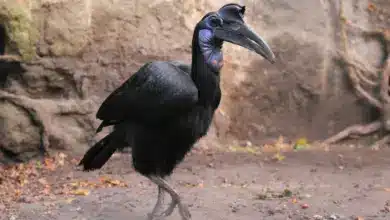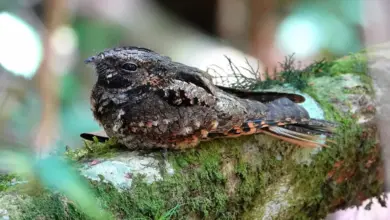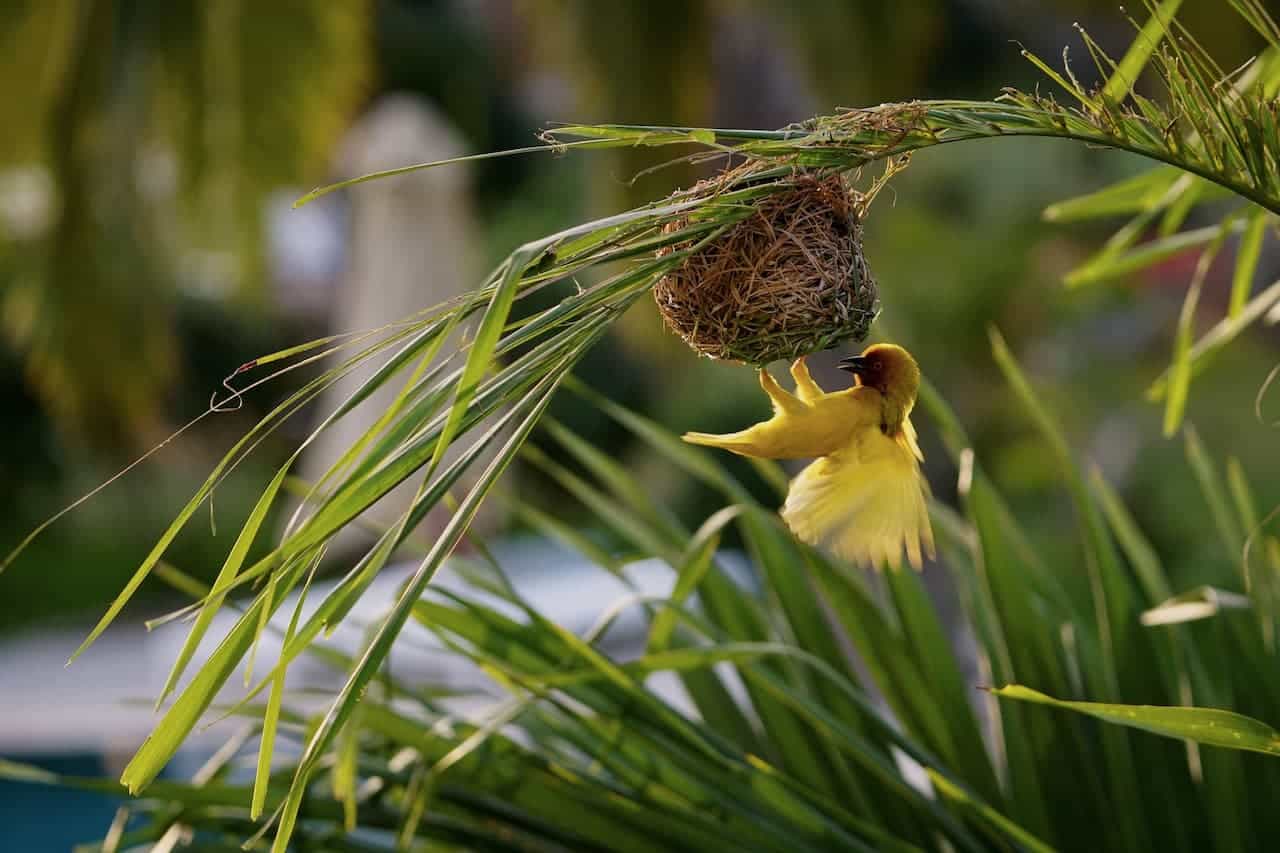The Sport of Falconry
Falconry or hawking is a sport that involves taming and training a bird of prey to hunt not for itself but for its trainer, who is referred to as a falconer. This sport was first developed more than three to four thousand years ago by the Chinese and Persians. During the Middle Ages falconry was brought to Europe, where it was called the “sport of kings.
In America, the sport of falconry is highly regulated – both at the federal and state levels. According to the United States Fish and Wildlife Service, approximately 60% of all raptors taken from the wild (specifically birds under 1 year of age that are not breeding adults) for use in American falconry are Red-tailed Hawks. The second most popular raptor taken from the wild for falconry is the American Kestrel.
Two traditional terms in this used are:
- Falconer – flies a falcon
- Austringer – flies a hawk
However, in modern falconry, “falconer” and “falconry” now apply to all use of trained birds of prey to catch game.
Skill Sets Required of a Falconer:
Falconry requires extensive experience and personal commitment to this sport; as it entails long hours, constant devotion, and skill. Falconers also played a significant role in the development of our understanding of raptor biology and raptor conservation.
Apprentice falconers have to educate themselves in various areas, including:
- The different gaming birds typically used in this sport; their stages of life, characteristics, prey, and suitability for the falconer and the hunting environment.
- Care and Housing: Of utmost importance is the falconer’s ability and knowledge to maintain a raptor in excellent condition. Falconers need to have an in-depth understanding of appropriate housing and feeding of raptors.
- Basic veterinary medicine; as they have to be able to recognize and potentially treat health problems. They also have to know of potential health problems specific to the type of bird they are caring for, and how health problems can be prevented.
Hunting Technique: The most common hunting technique Falconers use is to turn the bird loose and let it perch in a tree or other high vantage point. The falconer (sometimes aided by a dog if the bird accepts dogs as hunting partners) then attempts to get a prey animal to move by stirring up ground cover, tapping tree trunks, and shaking vines to get squirrels to move. The well-trained bird of prey will follow the falconer and dog, realizing that their activities produce opportunities to catch game. Contrary to popular belief, once a raptor catches a game, it does not bring it back to the falconer. Instead, the falconer must locate the bird, make it, and trade the bird off of its kill in exchange for a piece of ready-to-eat meat–generally from a previous kill. The key to catching these unusual winged quarry often lies in building the bird’s confidence that it can catch this game and cooperative hunting techniques where the falconer positions the bird for a fast and stealthy approach while flushing the game to maximize the red-tailed hawk’s chances of success. Although techniques vary depending on the raptor a Falconer is working with – therefore, it is very important to learn from falconers who are experienced working with a particular species. Organized associations or groups are usually the best venues for gaining valuable knowledge about the species, their care requirements, and the training method that works best for the species of raptor you are interested in.- Rules and Regulations of Falconry: A falconer must know the rules and regulations that affect the sport and the laws that apply to birds of prey.



